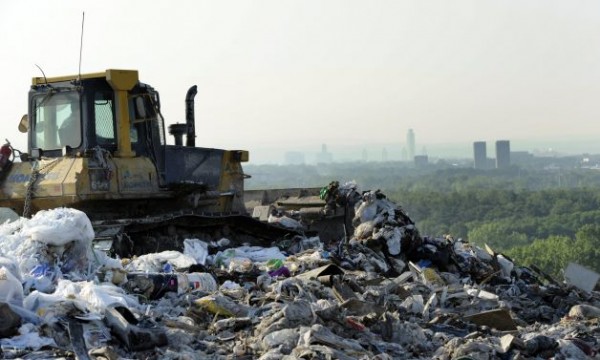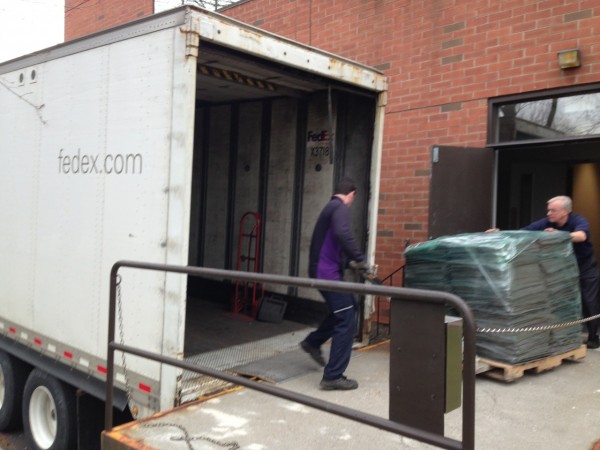- All Categories
- 17 Chapel
- Amenities
- Articles
- Available Retail Space
- Building Improvements
- Careers
- Construction
- Coworking
- Employment
- Finishes
- General News
- Green Initiatives
- Hone Coworks
- Office Environments
- Other
- Parade of Homes
- Rosenblum News
- Sales
- The News Apartments
- ValuSpace Personal Storage
- Vanguard Showhouse
- Vicina - Modern Urban Flats
Keeping Carpet Out of the Landfill
Creating sustainable office spaces
At Rosenblum, we are concerned about creating more sustainable office spaces and are always looking for new ways to reduce waste, save energy and, in turn, minimize our impact on the environment. Whether it’s porous pavement at Great Oaks Office Park to help reduce runoff and water pollution, new lighting retrofits that use over 40% less electricity, or an upcoming native planting program; we feel a strong sense of responsibility to our planet and future generations. Between waste, energy use, land use and pollution, we believe office parks have a responsibility to try and change the way the real estate industry has historically operated.
That’s why we’ve recently begun recycling our used carpet tiles, which would normally sit in a landfill for thousands of years before decomposing. On average, Americans throw away some 5 billion pounds of carpeting every year.

Carpet, which is predominately a petroleum product, is one of least biodegradable products we throw in our landfills, but a recent industry push is working to solve this dilemma. Besides just purchasing eco-friendly products from Shaw, Interface, and other mills, last week we sent over 20,000 SF of carpet tiles back to Interface that will become plastic car parts, medical equipment and new carpet!

Interface Carpet is working toward a line of product that has zero negative impact on the environment. You can read a very interesting interview with Interface CEO Daniel Hendrix here. By working with suppliers who produce 100% post consumer recycled nylon, Interface is now over halfway towards their goal of producing completely environmentally neutral carpet. Shaw takes back over 100 million pounds of post consumer carpet annually.
By recycling 20,000 SF of carpet we are preventing 46,111 pounds of carbon dioxide equivalents from entering the air. That’s the same as…
- NOT burning 48.12 barrels of oil
- NOT consuming 8,869 liters of gasoline
- NOT driving your car for 1,449 days
- Turning off all the electricity in your house for 993 days!
This is just one more way we at Rosenblum are creating “Better Spaces.” In the future we hope to consider such possibilities as alternative energy sources, additional construction debris recycling and possibly LEED certification to create more sustainable office spaces. We hope you’ll share your feedback with us on how we can further improve our sustainability.